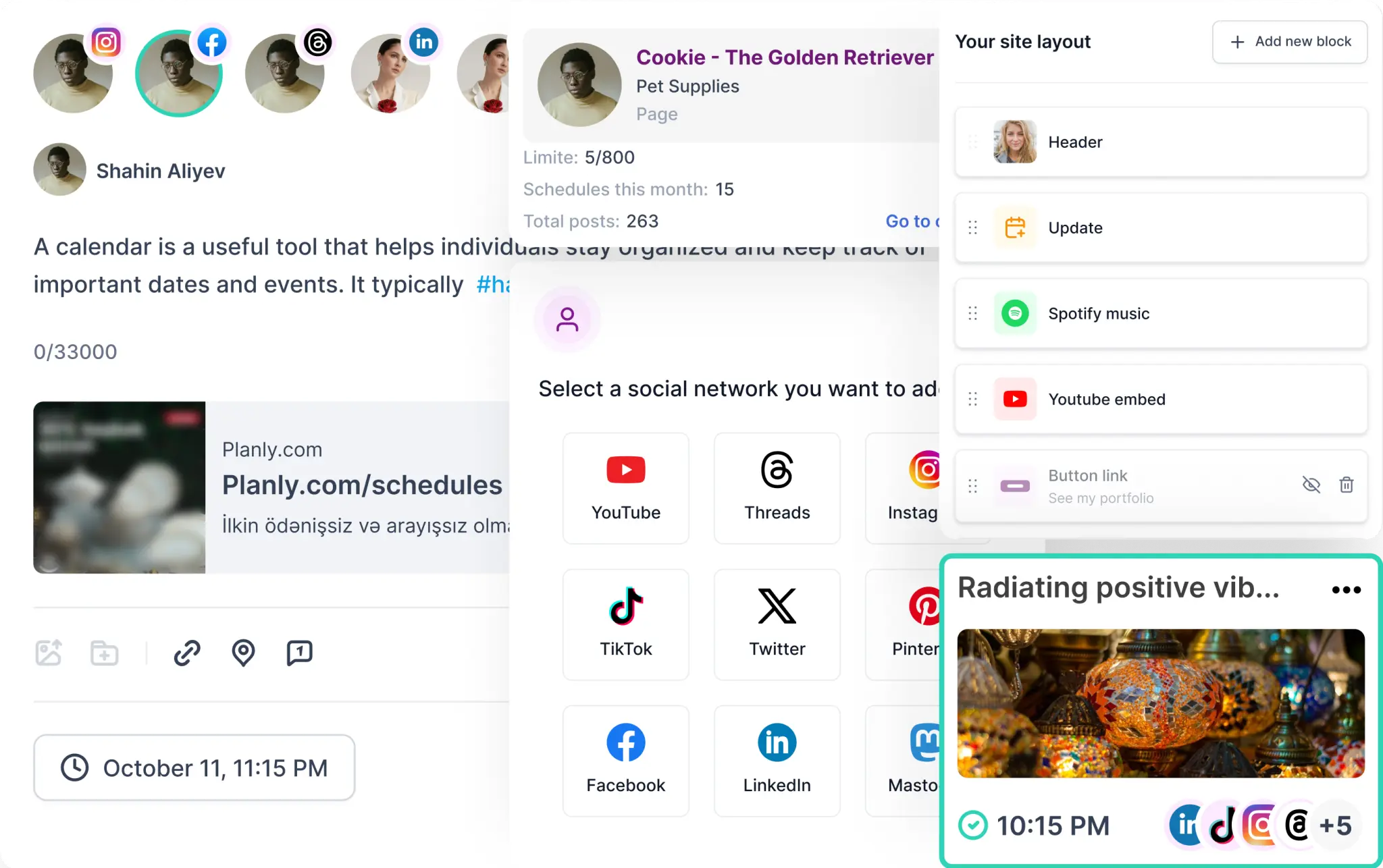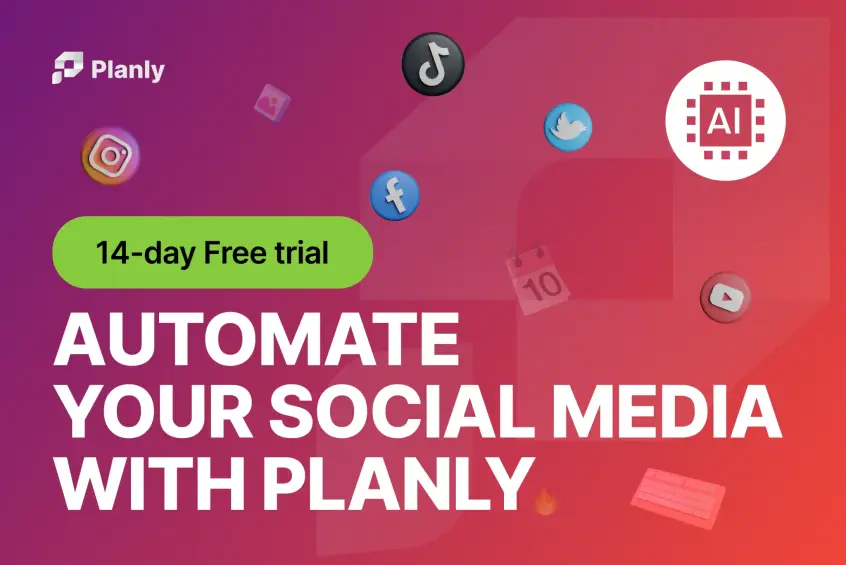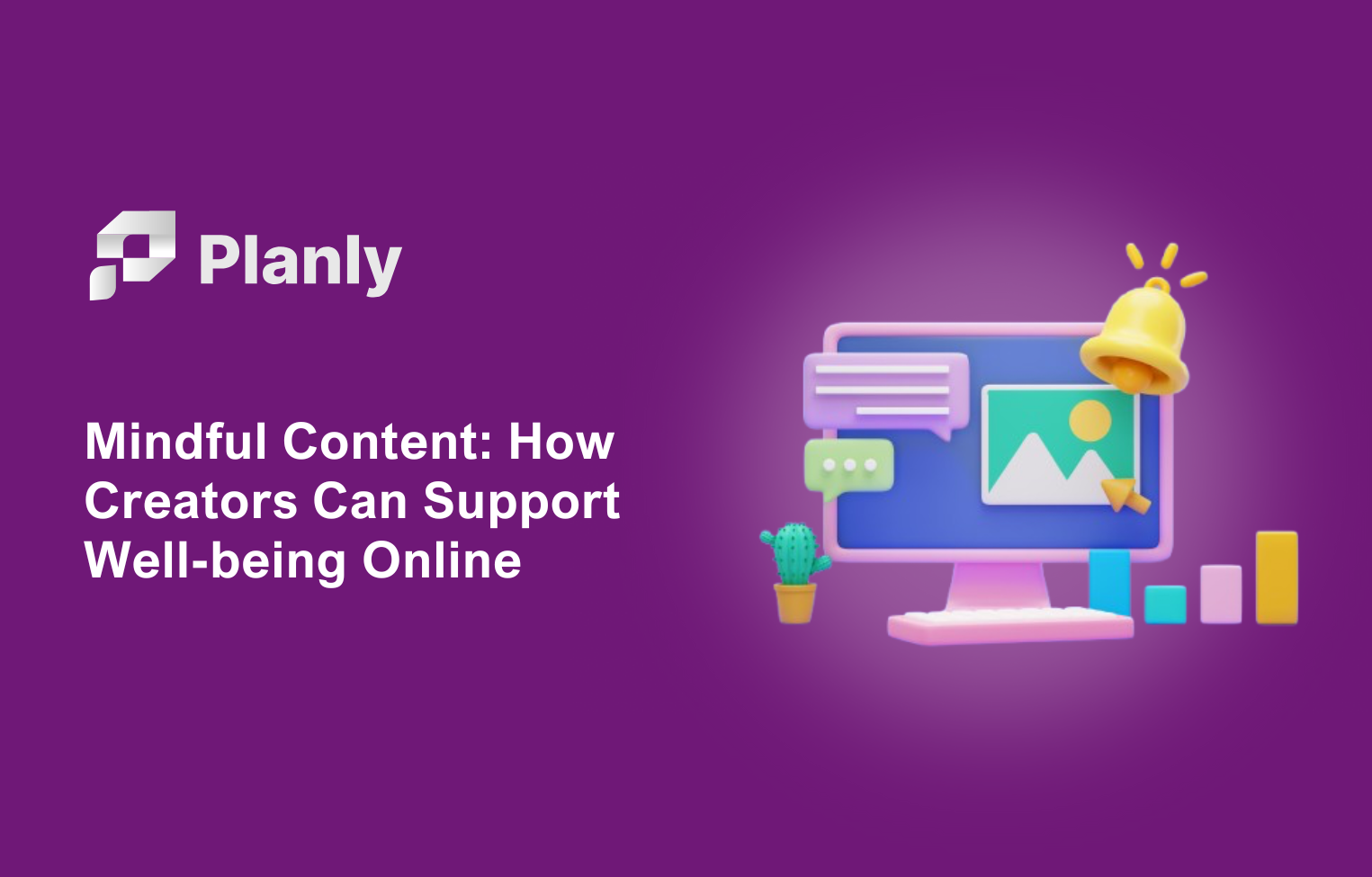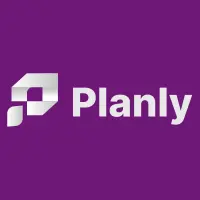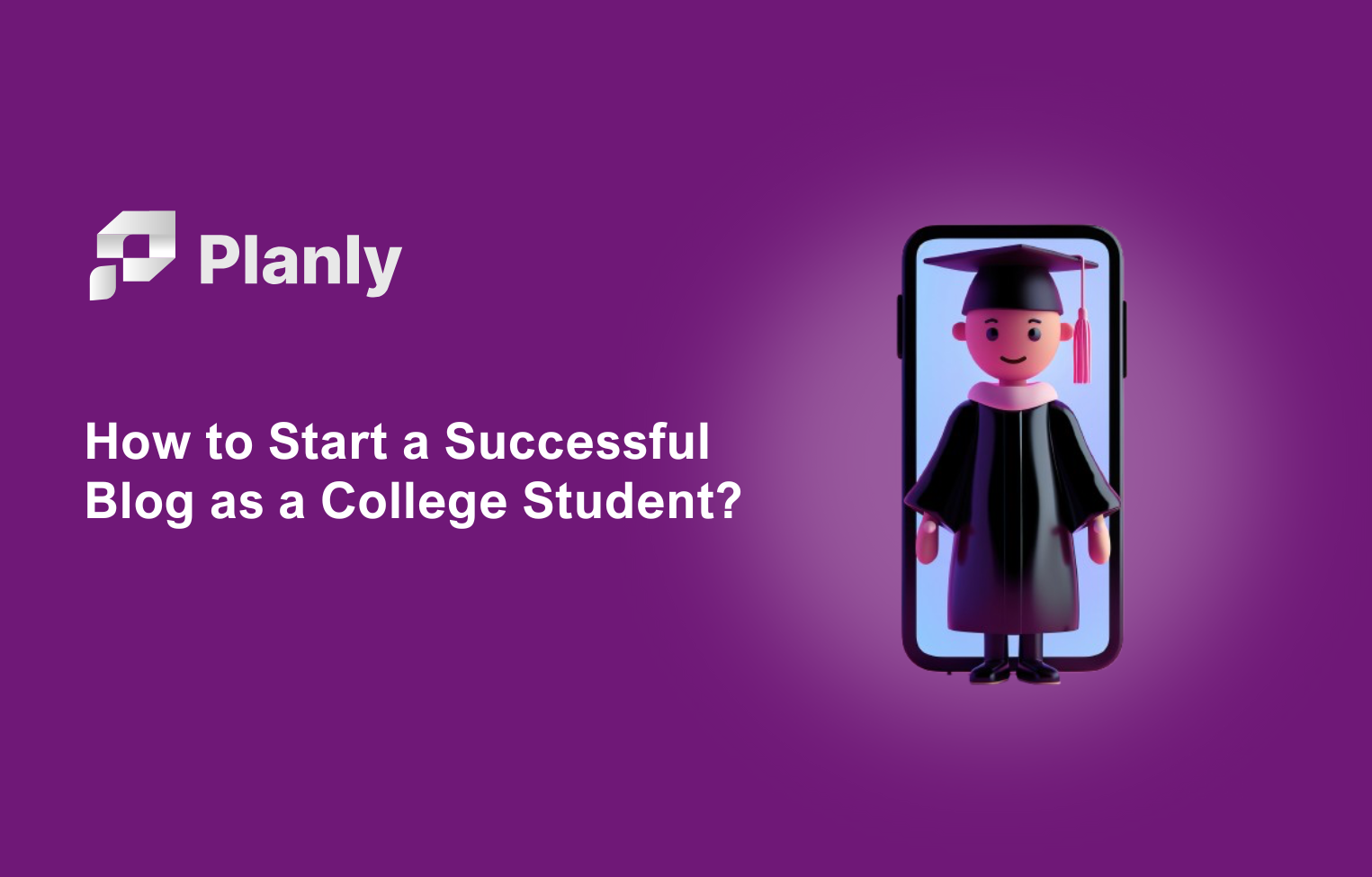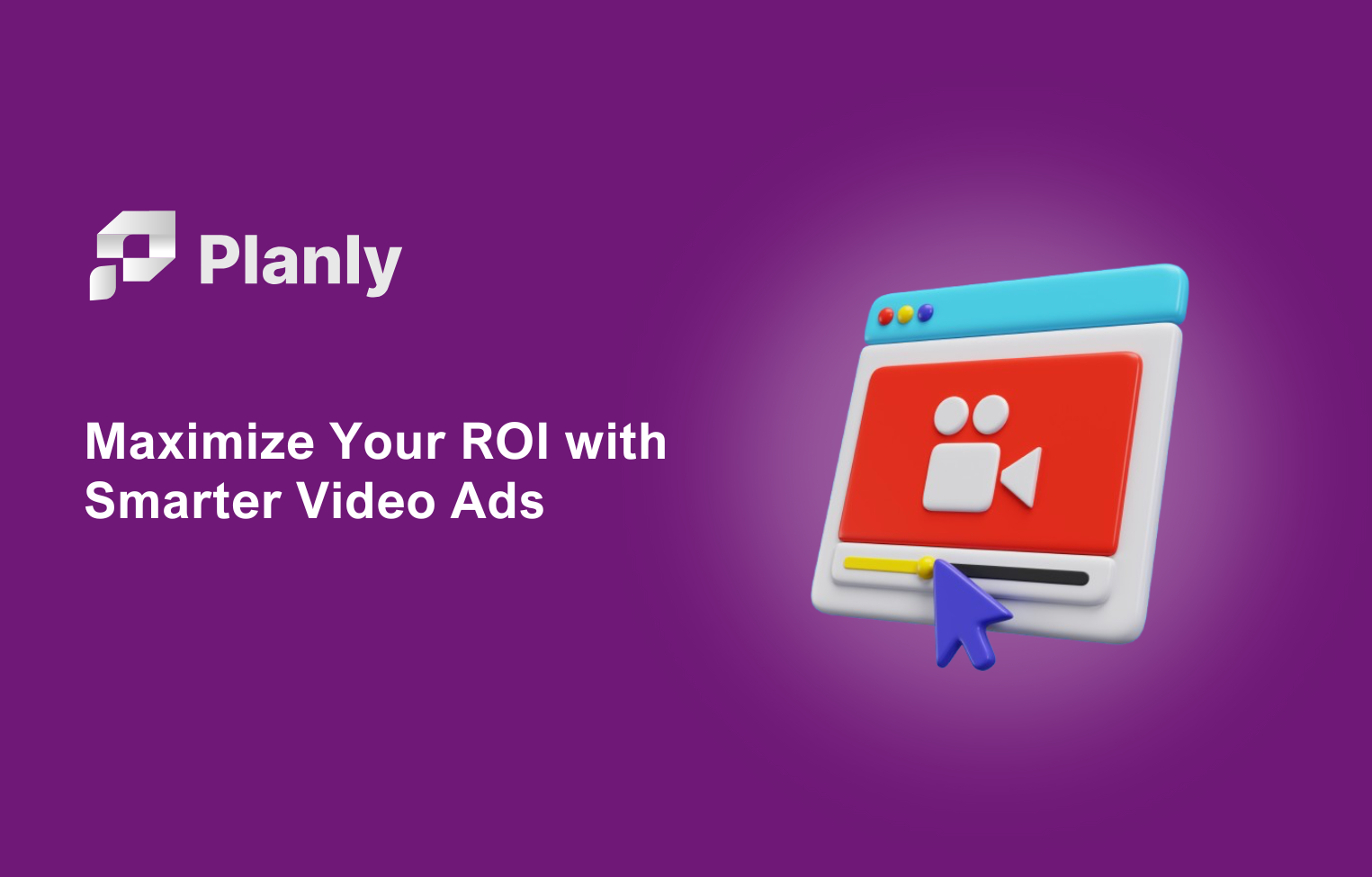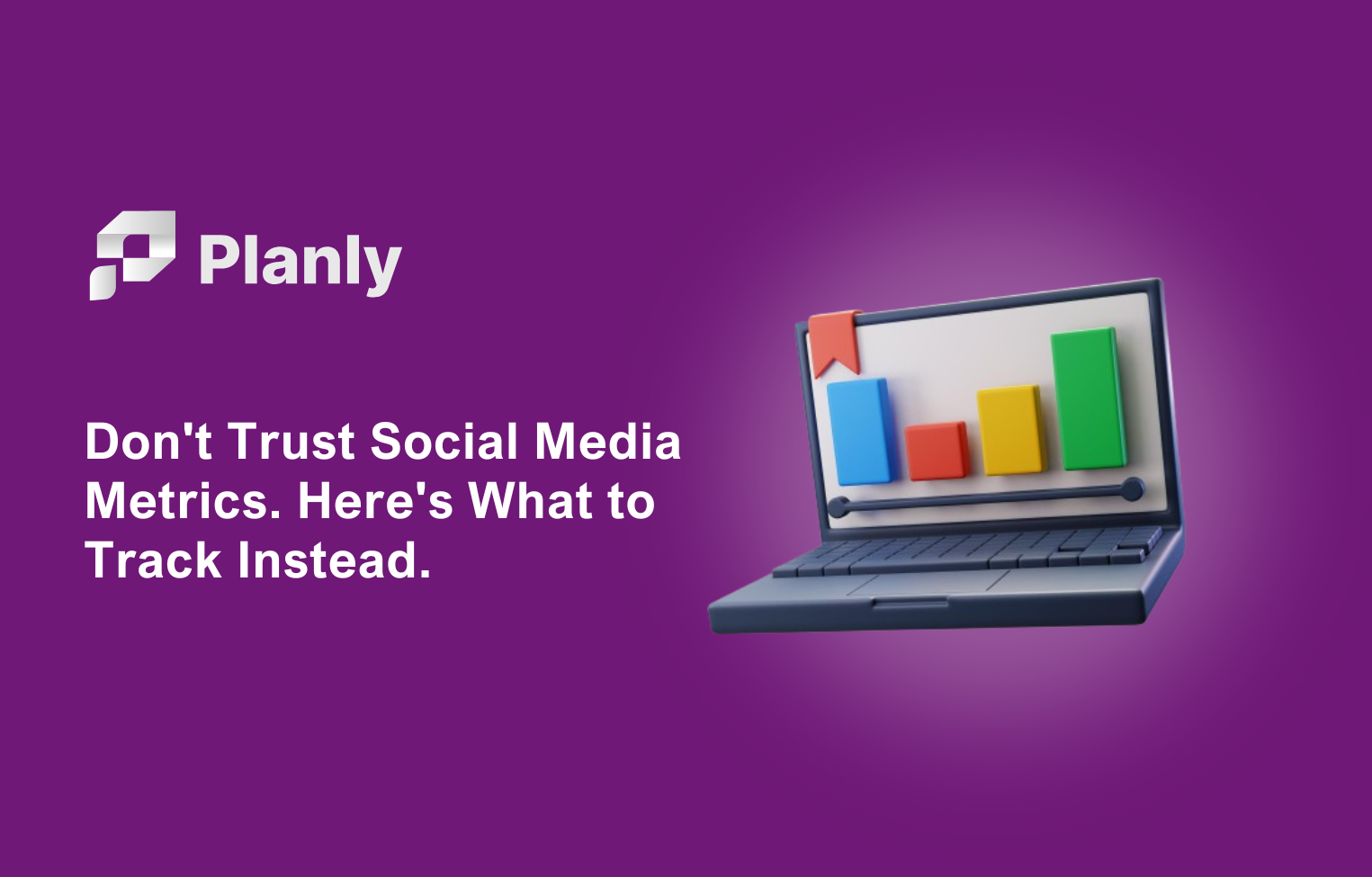In today's digital age, social media platforms have become an integral part of our lives, enabling us to connect, share, and engage with people from all around the world. Among the various social media giants, Facebook and Instagram have emerged as two of the most popular platforms. While they may share common features and are both owned by Facebook Inc., there are significant differences that set them apart.
In this comprehensive guide, we will explore the unique characteristics of Facebook and Instagram, their target audience, functionality, and the overall user experience. By understanding these distinctions, you can make informed decisions on which platform(s) align best with your personal or business objectives.
A Closer Look at Facebook

Facebook, founded in 2004 by Mark Zuckerberg, is the pioneer of modern social networking. With more than 2.8 billion monthly active users worldwide, it remains the largest social media platform today. Facebook allows individuals and businesses to connect, share content, and engage with friends, family, and communities. Let's delve deeper into the distinct features and functionality of Facebook:
User Profiles and Timelines
On Facebook, each user creates a personal profile that serves as their digital identity. Users can provide personal information, such as their name, age, location, and contact details. Additionally, users can upload a profile picture and cover photo to personalize their profile further.
Facebook users have access to a timeline, where they can post text updates, photos, videos, and share links with their friends and followers. The timeline chronologically displays these posts and allows others to engage with them through comments, likes, and shares. Users can also tag friends or pages to increase visibility and enhance engagement.
Friends and Networking
Facebook focuses on building connections and fostering relationships. Users can search for and add friends to their network, enabling them to stay updated on each other's lives and engage with shared content. Facebook offers suggestions for potential friends based on mutual connections, interests, or other relevant factors.
Moreover, Facebook allows users to join or create groups and events based on common interests, hobbies, or affiliations. These groups serve as online communities where like-minded individuals interact, share content, and engage in discussions.
Pages and Public Profiles
Apart from personal profiles, Facebook also offers public profiles known as "Pages." These pages are primarily used by businesses, brands, public figures, and organizations to establish an online presence and connect with their target audience. Pages allow businesses to share updates, promote products or services, and engage with their followers through comments, likes, and shares.
Pages can gather followers to increase their reach and visibility. Businesses can also create and promote events, run advertisements, and access valuable analytics and insights to track performance and engagement.
Privacy Settings and Security
Facebook provides users with a range of privacy settings to control the visibility and accessibility of their personal information. Users can customize who can see their posts, profile information, and contact details. Additionally, Facebook allows users to block or unfriend individuals, ensuring a safer and more controlled online environment.
Furthermore, Facebook employs various security measures to protect user data and prevent unauthorized access. These measures include encryption, two-factor authentication, and regular security updates to safeguard user accounts from potential threats.A Facebook scheduling app can help you maintain a consistent posting schedule on Facebook, allowing you to compare its effectiveness against Instagram in real-time.
Exploring Instagram
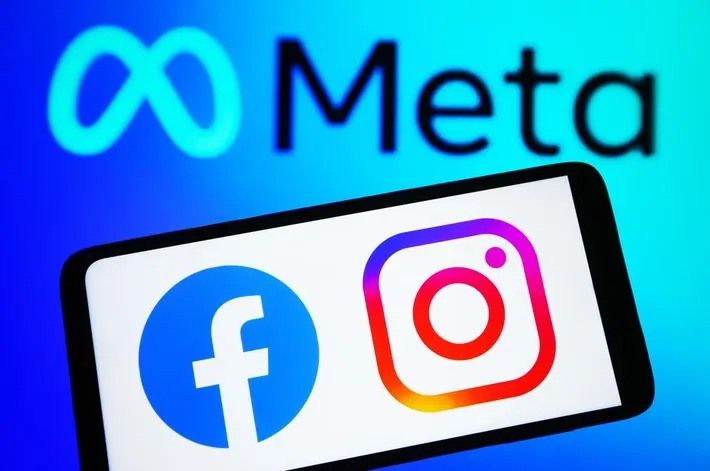
Instagram, launched in 2010, is recognized for its visual-centric focus. Initially designed as a platform for sharing photos and videos, Instagram has grown into a dynamic social media platform with more than 1 billion active users worldwide. Let's take a closer look at the unique aspects offered by Instagram:
Visual Content Sharing
Instagram primarily revolves around visual content sharing, making it an ideal platform for photographers, artists, influencers, and businesses with visually appealing products or services. Users can upload and share photos or videos, apply filters, and edit them using various creative tools available within the app.
Unlike Facebook's timeline display, Instagram utilizes a grid-like profile layout, where each user's posts are showcased in a sleek and aesthetically pleasing manner. Instagram allows users to caption their posts and engage with their followers through comments and likes.
Emphasis on Followers and Engagement
While users can connect with other individuals on Instagram, the platform emphasizes building a loyal follower base. Users can discover and follow accounts that align with their interests, aesthetics, and preferences. The content shared by these accounts appears on the user's personalized feed, allowing them to stay updated and engaged.
Engagement plays a pivotal role on Instagram, with users encouraged to interact with posts they find appealing or inspiring. This interaction is primarily done through likes, comments, and direct messages, fostering a sense of community and promoting user-generated content.
Stories and Highlights
Instagram introduced a feature called "Stories" in 2016, enabling users to share photos and videos that disappear within 24 hours. Stories offer a more ephemeral form of content creation and consumption, allowing users to share spontaneous moments and behind-the-scenes glimpses of their lives or businesses.
Additionally, Instagram highlights allow users to curate and showcase selected stories on their profile, extending their lifespan beyond 24 hours. Businesses often utilize highlights to display products, services, events, or brand-specific content, providing a quick overview for visitors.
Influencer Culture
Instagram has become a significant platform for influencers, where individuals or businesses with a substantial following gain recognition for their expertise, creativity, or influence within a particular niche. Influencers often collaborate with brands to promote products or services, utilizing Instagram posts, stories, or live videos to reach their audience effectively.
The rise of influencer culture on Instagram has played a vital role in shaping trends, consumer behavior, and brand perception. Many businesses leverage influencer partnerships to enhance their reach, credibility, and brand awareness.
Conclusion
Both Facebook and Instagram offer unique features and functionalities that cater to different user preferences and objectives. Facebook focuses more on connection and networking, with an emphasis on personal profiles, communities, and business pages. On the other hand, Instagram revolves around visual content sharing, follower engagement, and influencer culture.
Understanding the distinctions between Facebook and Instagram is essential in determining the platform(s) that align best with your personal or business goals. By utilizing their respective strengths, you can effectively build connections, engage with your audience, and achieve success in the dynamic world of social media.


